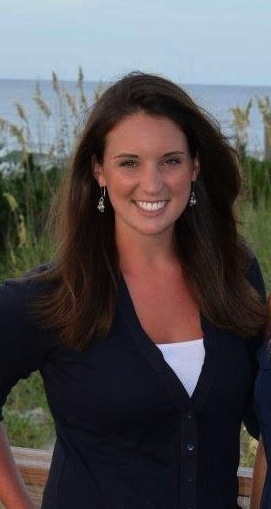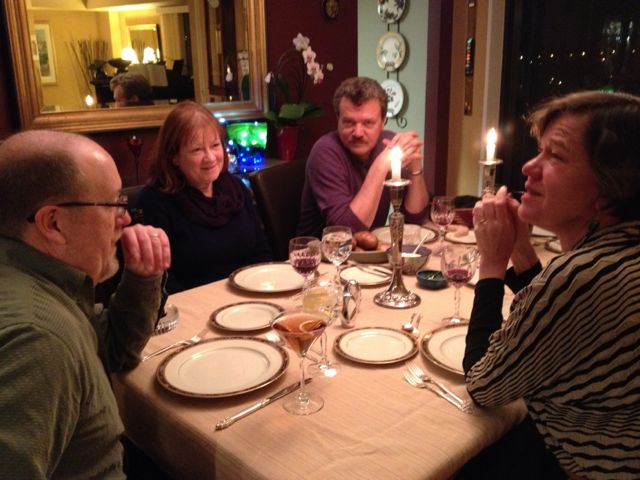What Seahawk running back Derrick Coleman teaches us about hiring people with disabilities
February 2, 2014 • 5 Comments • Posted in Beth Finke, Blogroll, careers/jobs for people who are blind, UncategorizedAn explanation of why I’m rooting for Seattle in the Super Bowl. (Note: a version of this post I wrote was originally published on the Easter Seals blog).
If you like that Duracell ad featuring Seattle Seahawk running back Derrick Coleman, the NFL’s first legally deaf offensive player, you’ll absolutely love Derrick Coleman: The Sound of Silence in the NFL, a video the NFL produced about him.
The NFL film is longer than the commercial, and it says a lot about how people with disabilities often need to go the extra mile to prove themselves before getting hired. Coleman was not drafted in 2012 even though he rushed for 1,700 yards and 19 touchdowns during his college career at UCLA. He thought he had the potential to go pro, so he found ways to convince coaches, at all levels of his career, that he had the skills to communicate with his team and get the job done.
The Vikings signed Coleman as a free agent after college, but he was waived in training camp. The Seahawks signed him as a free agent in December 2012. He played backup until veteran Michael Robinson became ill and was cut from the team. That’s when Derrick got his big chance to prove himself as a starting player.
The NFL video does a great job showing how Coleman used resourcefulness to solve problems related to his deafness. It opens with a shot of his mother tearing up her pantyhose: she and Derrick figured out that wrapping it around his hearing aids cuts the feedback he’d been getting under the football helmet. The video demonstrates how Coleman educated his teammates about his disability. He can lip-read, so he taught the quarterback to always turn around and look directly his way when giving audibles. The quarterback has to take his mouth guard out from time to time, too, so Coleman can see his lips.
The Seahawks coach recognized the extra effort that Derrick always put in. “His work ethic is outstanding,” the coach says. “We just had to put him on the field to see if he could put it all together.” Obviously, he could. Put it all together, I mean. So well, in fact, that he helped the Seahawks make it to today’s Super Bowl.
The NFL film ends with a quote from his mother. Earlier in the film she talks about knocking on doors to set people straight after she’d witnessed kids bullying her son. After that she encouraged Derrick to play football, thinking it might help him feel he “belonged.” She said she never dreamed he’d go past Pop Warner, a nonprofit organization that offers youth football leagues. When Derrick told her he wanted to play in the NFL, she warned him it wouldn’t be easy. “Oh, Mama,” he shrugged in response. “When has it ever been easy?”




